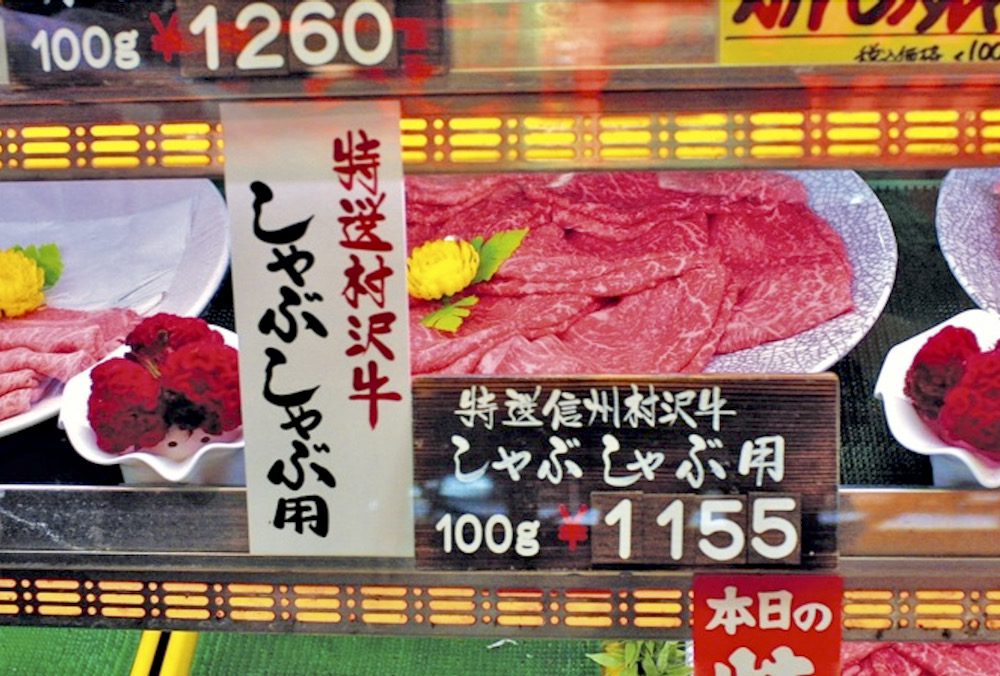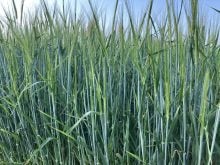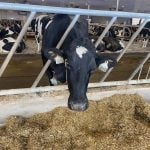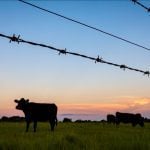Japan’s imports of Canadian beef rose this spring, buoyed by increasing retail demand and expectations that American beef imports would be curbed.
Japanese beef consumption remains relatively steady compared to last year’s levels, with foodservice sales anticipated to remain weak for the first half of 2021. Japan’s total beef import volumes in March were 54,200 tonnes, down four per cent year-over-year. Imports from Canada reached 5,600 tonnes, an increase of 59 per cent year-over-year and up 48 per cent from the previous month.

Retail beef sales remain stable
The Japan Supermarket Association announced that sales of meat and poultry products in April were down 9.9 per cent from a year earlier but up 8.4 per cent compared with the same period in 2019 (pre-COVID). Sales of beef products were relatively stable compared to pork and poultry products. Some distributors and wholesalers passed on the price-hike of short plate to retailers but other beef cut prices were steady in the last month and no beef items were identified in short supply.
Read Also

Pen riders still better than tech at detecting respiratory disease in feedlot cattle, says researcher
Recent research found that pen riders are better than tech at flagging signs of BRD in feedlot cattle
Food service sector still recovering
The Japan Foodservice Association announced that restaurant sales in April were up 36.7 per cent from a year earlier but down 19.5 per cent compared with the same period in 2019 (pre-COVID). Takeout and delivery orders continued to partially make up for lost dine-in sales. Western quick-service restaurants (burgers and pizza) grew.
Beef sales up overall
According to the Agriculture and Livestock Industries Corporation, the imported beef inventory at the end of March was estimated to have decreased by 9.6 per cent from a year earlier. Total beef sales volumes (domestic and imported beef) in March are estimated to have increased by 19.6 per cent. Wholesale prices of North American short plate, which is a leading Canadian beef export item to Japan, doubled compared with the same period last year due to an increase in demand from other Asian markets.
















